Introduction
Spinraza, also known by its generic name Nusinersen, is a groundbreaking medication that has transformed the landscape of treatment for Spinal Muscular Atrophy (SMA), a rare genetic disorder characterized by the progressive degeneration of motor neurons in the spinal cord. This description delves into the history, mechanism of action, therapeutic uses, administration, side effects, and ongoing research related to Spinraza.
I. History of Spinraza
The development of Spinraza is a testament to the relentless pursuit of innovative therapies for rare and devastating diseases. SMA, previously lacking effective treatments, left patients and their families with limited options and often a grim prognosis. Spinraza emerged as a ray of hope when it received its first FDA approval in December 2016.
II. Mechanism of Action
Spinraza’s mechanism of action is both unique and revolutionary. It works by targeting the underlying genetic cause of SMA, which is typically caused by mutations in the Survival Motor Neuron 1 (SMN1) gene. These mutations lead to a deficiency in the SMN protein, essential for motor neuron function. Spinraza is an antisense oligonucleotide that modifies the splicing of pre-messenger RNA (mRNA) to increase the production of functional SMN protein from the SMN2 gene, which is typically present in SMA patients.
III. Therapeutic Uses
- SMA Treatment: Spinraza is primarily indicated for the treatment of SMA in both pediatric and adult patients. It offers hope and improvement in motor function for individuals affected by various types of SMA, including Type 1, Type 2, and Type 3, which vary in severity.
- Expanding Applications: Ongoing research explores the potential use of Spinraza in other neurodegenerative diseases and conditions, as the concept of modifying gene expression holds promise for various genetic disorders.
IV. Administration and Dosage
Spinraza is administered via lumbar puncture (spinal tap) directly into the cerebrospinal fluid (CSF) surrounding the spinal cord. The dosing regimen varies based on the patient’s age, weight, and type of SMA:
- For infants and children with Type 1 SMA, the initial loading doses are administered every 14 days for the first three doses, followed by maintenance doses every four months.
- For older pediatric and adult patients with Type 2 and Type 3 SMA, the dosing schedule may differ but typically includes an initial loading phase followed by maintenance doses.
The administration procedure requires specialized medical training and is performed by healthcare professionals in a clinical setting.
V. Side Effects
Spinraza’s side effects are generally mild, considering its direct administration into the CSF. Common side effects may include:
- Headache
- Back pain
- Nausea
- Vomiting
These side effects usually resolve without intervention. However, it is essential for patients to report any unusual or severe symptoms to their healthcare providers. Serious allergic reactions are rare but possible, and prompt medical attention is necessary in such cases.
VI. Ongoing Research and Future Directions
Spinraza represents a significant breakthrough in the treatment of SMA, but research continues to explore new avenues for therapy and improve the lives of SMA patients further. Some ongoing research areas include:
- Gene Therapies: Investigating advanced gene-editing techniques to directly address the genetic mutations responsible for SMA, potentially offering a one-time, long-term solution.
- Oral Medications: Developing oral medications that target the same genetic pathways as Spinraza, offering more convenient and less invasive options for patients.
- Combinatorial Therapies: Exploring the benefits of combining Spinraza with other treatments to enhance its efficacy and provide a more comprehensive approach to SMA management.
- Expanded Indications: Evaluating the potential use of Spinraza in other neuromuscular and neurodegenerative disorders characterized by motor neuron dysfunction.
VII. Conclusion
Spinraza, or Nusinersen, has revolutionized the treatment of Spinal Muscular Atrophy, offering hope and improved quality of life for individuals affected by this rare genetic disorder. Its unique mechanism of action, targeting the genetic root cause of SMA, has set a precedent for gene-targeted therapies in the field of rare diseases. While Spinraza represents a significant advancement, ongoing research strives to push the boundaries of what is possible in the realm of genetic medicine, offering hope for even more effective treatments and potentially a future without SMA. As we witness the evolution of SMA therapy, Spinraza remains a shining example of how science and innovation can make a profound difference in the lives of those facing rare and challenging medical conditions.

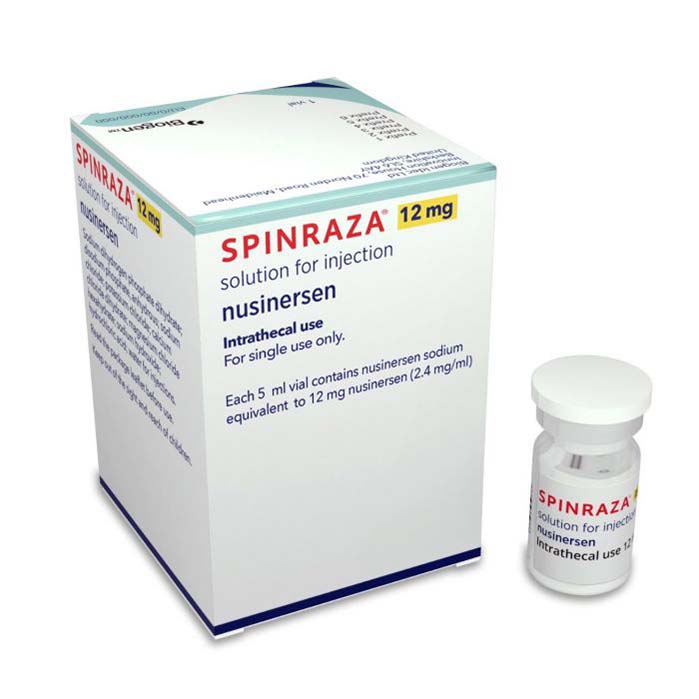
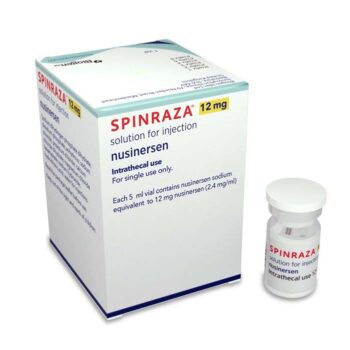
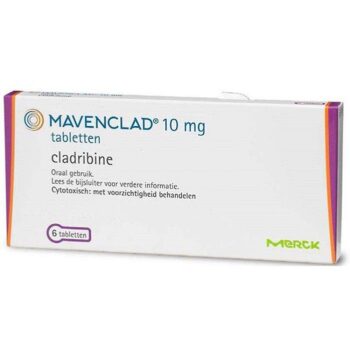

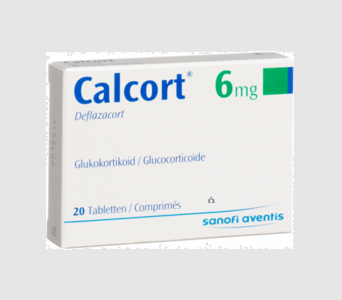


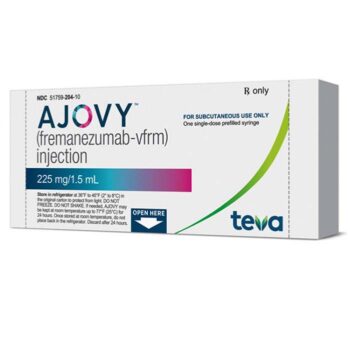


Reviews
There are no reviews yet.